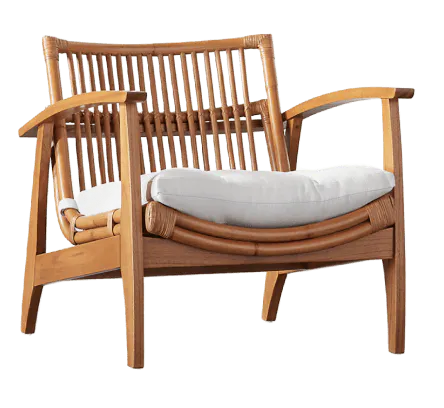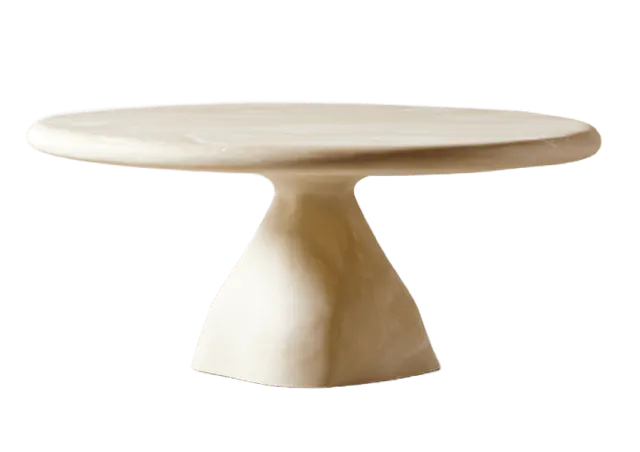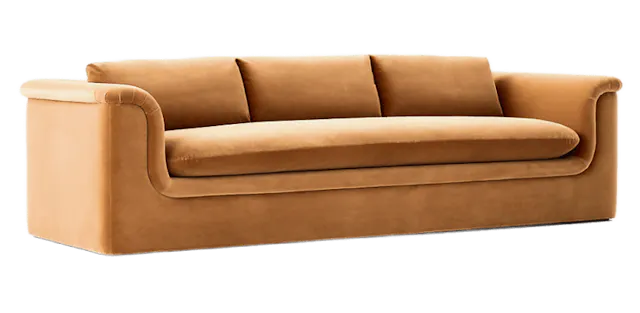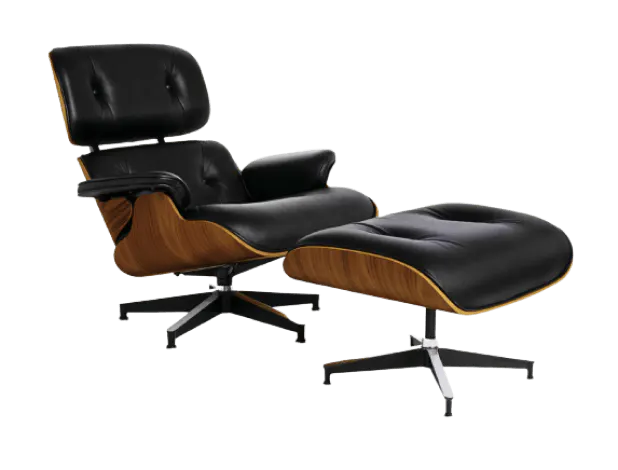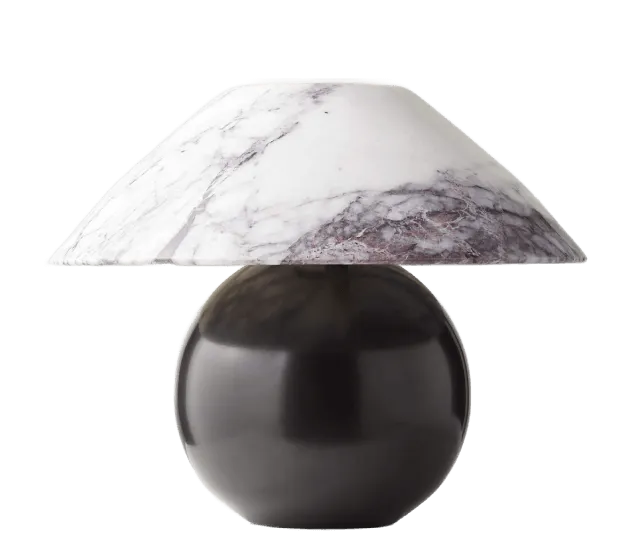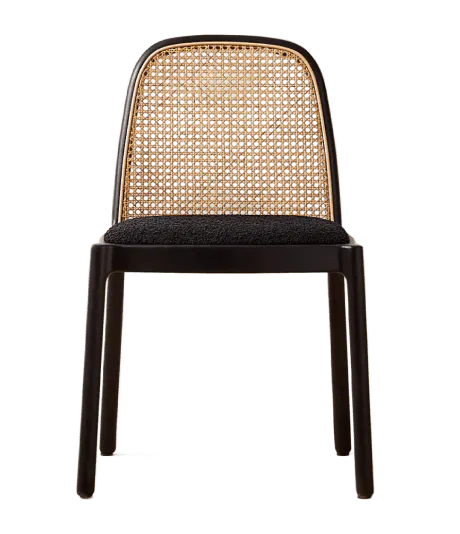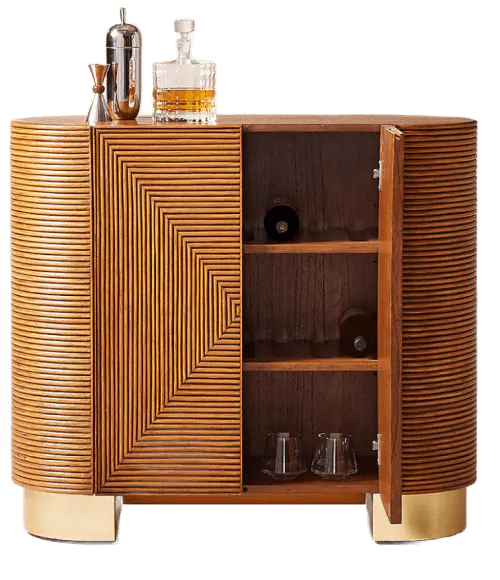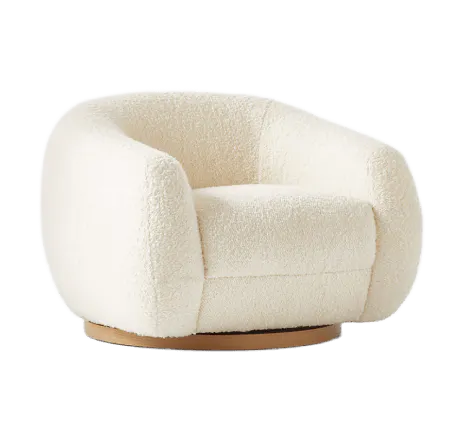Steel Bench
Things to consider
Consider the size of the bench. Make sure it fits well in the intended space. Measure the area where the bench will be placed to avoid any surprises.
Check the weight capacity of the bench. It should be strong enough to support the weight you expect it to hold.
Look at the design of the bench. It should match the style of your space, whether it is modern, traditional, or something else.
Think about the weather resistance. If the bench is for outdoor use, it should withstand rain, sun, and other weather conditions.
Examine the finish of the steel. A good finish can prevent rust and keep the bench looking new.
Consider how easy it is to clean. A bench that is simple to maintain will save time and effort in the long run.
Good to know
What are the benefits of choosing a steel bench over other materials?
Steel benches offer several benefits over other materials, including superior durability and strength, making them ideal for both indoor and outdoor use. They are resistant to damage from impacts and can hold up under heavy weight without bending or breaking. Additionally, steel benches are low-maintenance, easy to clean, and often designed to resist rust and corrosion, providing a long-lasting and reliable seating solution.
What type of steel is typically used in steel benches?
Most steel benches are typically made from stainless steel or galvanized steel. Stainless steel is favored for its corrosion resistance, sleek appearance, and low maintenance requirements, making it ideal for both indoor and outdoor use. Galvanized steel is another popular choice due to its protective zinc coating that enhances its resistance to rust and corrosion, ensuring longevity even in harsh environments.
How can a steel bench withstand outdoor weather conditions?
Steel benches are designed to withstand outdoor weather conditions through the use of materials and finishes that resist rust and corrosion. Many steel benches are either made from stainless steel or are treated with a protective coating, such as powder coating or galvanization, which helps prevent moisture penetration and oxidation. This ensures that the bench can endure rain, snow, and sun exposure without losing its structural integrity or aesthetic appeal.
Are steel benches heavy to move around?
While steel benches are generally heavier than those made from materials like plastic or wood, they are designed to be sturdy and stable. However, the weight can vary depending on the design and thickness of the steel used. Some steel benches come with features like handles or wheels to facilitate easier movement. Additionally, their robust construction makes them less likely to tip over, providing a safer seating option.
How long can a steel bench last with regular use?
With regular use and proper maintenance, a steel bench can last for decades. The longevity of a steel bench is largely due to the strength and durability of the material, as well as its resistance to wear and environmental factors. Regular maintenance, such as cleaning and reapplying protective coatings when necessary, can further extend its lifespan, making a steel bench a wise long-term investment.
What are the benefits of choosing a steel bench over other materials?
Steel benches offer several benefits over other materials, including superior durability and strength, making them ideal for both indoor and outdoor use. They are resistant to damage from impacts and can hold up under heavy weight without bending or breaking. Additionally, steel benches are low-maintenance, easy to clean, and often designed to resist rust and corrosion, providing a long-lasting and reliable seating solution.
What type of steel is typically used in steel benches?
Most steel benches are typically made from stainless steel or galvanized steel. Stainless steel is favored for its corrosion resistance, sleek appearance, and low maintenance requirements, making it ideal for both indoor and outdoor use. Galvanized steel is another popular choice due to its protective zinc coating that enhances its resistance to rust and corrosion, ensuring longevity even in harsh environments.
How can a steel bench withstand outdoor weather conditions?
Steel benches are designed to withstand outdoor weather conditions through the use of materials and finishes that resist rust and corrosion. Many steel benches are either made from stainless steel or are treated with a protective coating, such as powder coating or galvanization, which helps prevent moisture penetration and oxidation. This ensures that the bench can endure rain, snow, and sun exposure without losing its structural integrity or aesthetic appeal.
Are steel benches heavy to move around?
While steel benches are generally heavier than those made from materials like plastic or wood, they are designed to be sturdy and stable. However, the weight can vary depending on the design and thickness of the steel used. Some steel benches come with features like handles or wheels to facilitate easier movement. Additionally, their robust construction makes them less likely to tip over, providing a safer seating option.
How long can a steel bench last with regular use?
With regular use and proper maintenance, a steel bench can last for decades. The longevity of a steel bench is largely due to the strength and durability of the material, as well as its resistance to wear and environmental factors. Regular maintenance, such as cleaning and reapplying protective coatings when necessary, can further extend its lifespan, making a steel bench a wise long-term investment.
What are the benefits of choosing a steel bench over other materials?
Steel benches offer several benefits over other materials, including superior durability and strength, making them ideal for both indoor and outdoor use. They are resistant to damage from impacts and can hold up under heavy weight without bending or breaking. Additionally, steel benches are low-maintenance, easy to clean, and often designed to resist rust and corrosion, providing a long-lasting and reliable seating solution.
What type of steel is typically used in steel benches?
Most steel benches are typically made from stainless steel or galvanized steel. Stainless steel is favored for its corrosion resistance, sleek appearance, and low maintenance requirements, making it ideal for both indoor and outdoor use. Galvanized steel is another popular choice due to its protective zinc coating that enhances its resistance to rust and corrosion, ensuring longevity even in harsh environments.
How can a steel bench withstand outdoor weather conditions?
Steel benches are designed to withstand outdoor weather conditions through the use of materials and finishes that resist rust and corrosion. Many steel benches are either made from stainless steel or are treated with a protective coating, such as powder coating or galvanization, which helps prevent moisture penetration and oxidation. This ensures that the bench can endure rain, snow, and sun exposure without losing its structural integrity or aesthetic appeal.
Are steel benches heavy to move around?
While steel benches are generally heavier than those made from materials like plastic or wood, they are designed to be sturdy and stable. However, the weight can vary depending on the design and thickness of the steel used. Some steel benches come with features like handles or wheels to facilitate easier movement. Additionally, their robust construction makes them less likely to tip over, providing a safer seating option.
How long can a steel bench last with regular use?
With regular use and proper maintenance, a steel bench can last for decades. The longevity of a steel bench is largely due to the strength and durability of the material, as well as its resistance to wear and environmental factors. Regular maintenance, such as cleaning and reapplying protective coatings when necessary, can further extend its lifespan, making a steel bench a wise long-term investment.



